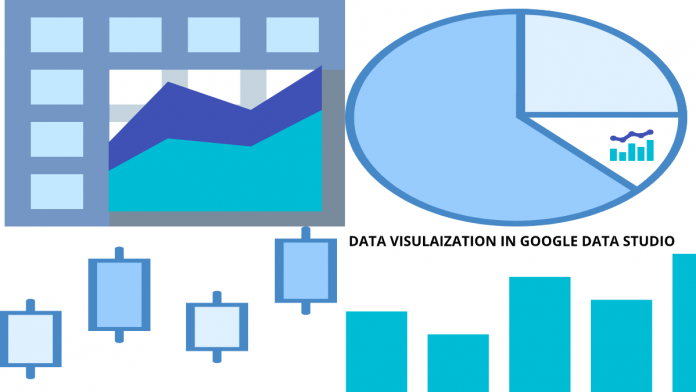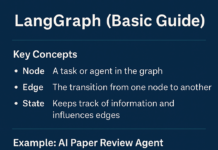In this article, we will show you how to get started data visualization in Google Data Studio (GDS). Google Data Studio is a free, easy to use interactive dashboard. GDS is a part of the Google marketing platform. it is a web based software and has its own ecosystem.
One of the most important benefits of data visualization is that it lets you visual access to your datasets. Here, we will show you how to work with an interactive dashboard. This online software lets you create the line chart, bar chart, area chart, and pie chart.
Data sources, connectors, and reports are the main concepts of this data studio. You can generate reports as many as you can using this advanced data visualization techniques.
You can create one report using multiple sources of data. The same data source can be connected to many reports.
Here, the connector acquires data from various sources like Google Analytics, Big Query, Social Media, Spreadsheets, etc.
In this section, we will walk through a step by step guide of working with online data studio. You can either upload your own dataset or access publicly available datasets.
Here, we have connected the dashboard to the Search Console Data (URL) data source. we created the following report.

Steps for How to Make Automatic Report with Google Data Studio
Step #1:Sign in to Google Data Studio
Start by signing in or creating an account on google. After signing in Google Data Studio you will see the following page.

Step #2: Create Report
Now, you can create a report easily. To create a new report you can either click on plus (+) sign or Create a Report.
You can also choose a template ready to use. After you click on the (+) sign the following interface will come:

Step #3: Connecting Data Source
You choose Add Data option from toolbar to connect the dataset. We have already mentioned before that we connected URL console sample data. You can add a report name to the dashboard. After adding data to the studio, the following interface will appear:

Step #4: Data Visualizatiionio in Google Data Studio for Making Automatic Report
Now, you can integrate various types of graphs as per the demand of the stakeholders.
It is worth mentioning that the same dashboard connected with various data sources does not mean that you have to create multiple dashboards for prepaying the single report.
You can fetch data from different sources to create one report.

You need to add a graph by clicking on Add a Chart button. Once you are taken the above page then you can select a graph from the menu.
You can use the dashboard to visualize the Key Performance Integrators (KPIs).

Step #5 :Embedding and Sharing Data Visualization Report
We already demonstrated how to make automatic report with Google Data Studio. After creating the final report you can share, download, and embed it. You select the Share option to share your data visualization report.
Once your report is created, you can download it as PDF. Below is the screenshot of the interface.

You can download datasets using the Google Dataset Search engine to create a visualization report.
Conclusion
In this article, we have described on how to get started with data visualization in google data studio. In our earlier post, we discussed on open source data visualization tool with examples.
We hope this post was helpful and gave you some ideas on how to get started with data visualization using Google Data Studio. Let me know in the comment box if you have any feedback or constructive criticism.














